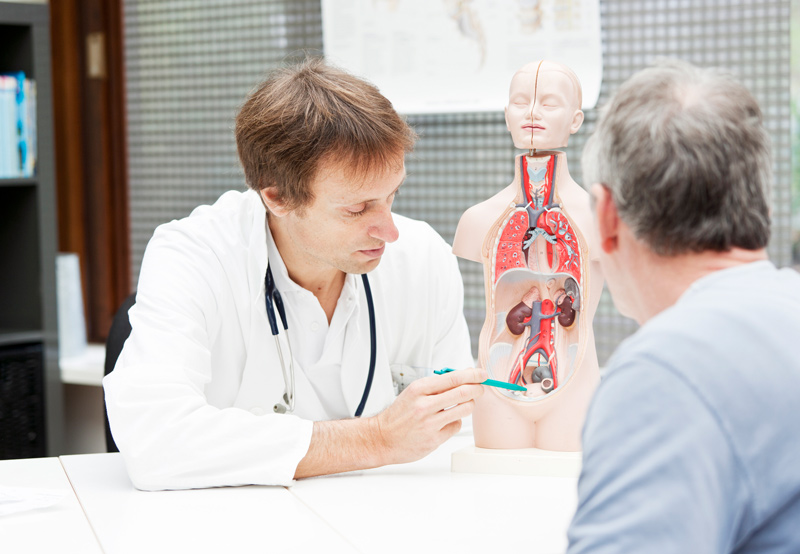

Bladder diverticulum is a pouch that forms in the bladder wall. The condition may be congenital or acquired. Congenital cases often don’t need to be treated, but an acquired bladder diverticulum is often caused by a block in the bladder outlet. This can be due to scars in the urethra or a swollen prostate. Other causes include nerve injury or prior bladder surgery.
How a Healthy Bladder Works
The bladder is a balloon-shaped organ that collects urine. It is held in place by pelvic muscles in the lower part of the abdomen. The bladder is relaxed when it isn’t full, but the muscles in the bladder wall will allow it to expand as it becomes filled with urine.
When the bladder is full, nerve signals will indicate it’s time to go to the bathroom. The brain will tell the bladder muscles to squeeze, or contract, and force the urine through the urethra and out of the body.

Symptoms of Bladder Diverticulum
Patients with bladder diverticulum often don’t experience direct symptoms. The condition is usually discovered when trying to identify the cause of other urinary problems, such as bladder stones, urinary tract infections, bladder tumors, difficulty urinating, and urine reflux.
Diagnosing Bladder Diverticulum
Patients suspected of having bladder diverticulum may undergo an x-ray of the bladder. The test is done by filling the bladder with a contrast dye that is clearly visible in x-rays and creating images of the patient’s bladder.
The physician may also perform a cystoscopy, which uses a long, thin telescope with a light at the end, to look into the bladder. This can be done to identify tumors in the bladder diverticulum.
Patients may also need to undergo a pressure test called “urodynamics” to see how well the bladder works and to check for blockages. The physician may use ultrasound to determine the impact of blockages on the kidneys. Ultrasound imaging takes photos of the organs by bouncing sound waves off of them.
Treatment Options For Bladder Diverticulum
If patients aren’t experiencing any symptoms from the condition, then they may not need any treatment.
However, if the diverticula is being caused by a block in the bladder, then the block may need to be removed, as well as the diverticulum. This can be done through open surgery or through small tubes fed inside the bladder. Some physicians may receive robotic assistance.
Patients may also need surgery to treat the outside of the bladder. This type of surgery can be difficult to perform if the diverticulum is infected and swollen.
The Recovery Process
Patients will need to have a catheter inserted to drain their bladder for one to two weeks after surgery. The physician may need to use a cystoscope to check the diverticulum through the urethra a few months after surgery.
The risks of diverticulum surgery include infection, urine leakage from the bladder after surgery, and damage to the intestines or ureters.
Surgery is often an effective treatment, eliminating symptoms caused by a blockage in the bladder. In some cases, patients may need additional open surgery to remove the diverticulum.

